Tech & Innovation
Tesla FSD (Supervised) Launches in Australia and New Zealand: A Milestone for Autonomous Driving Down Under
Tesla has officially launched its Full Self-Driving (Supervised) system in Australia and New Zealand, marking a significant technological leap for the region and positioning these countries among the early adopters of autonomous vehicle capabilities. This rollout is particularly notable as Australia and New Zealand are the first right-hand-drive markets to receive this advanced driver-assistance system.
What is FSD (Supervised)?
FSD (Supervised) is Tesla’s most advanced driver-assist package yet, offering features such as automatic lane changes, traffic light and stop sign recognition, auto-parking, and Navigate on Autopilot. However, it’s important to note that this system is not fully autonomous. Drivers must remain attentive and ready to take control at any moment. The “supervised” aspect indicates that Tesla’s system still requires human oversight.
Availability and Hardware Requirements
Only Tesla vehicles equipped with the latest Hardware 4 (HW4) suite are currently eligible for FSD (Supervised) in both countries. This includes newer versions of the Model 3 and Model Y. The system is delivered through an over-the-air (OTA) software update, reflecting Tesla’s signature approach to continuous improvement and innovation.
Official Launch and Pricing Details
On October 18, 2025, Tesla AUNZ confirmed on X (formerly Twitter): “Full Self-Driving (Supervised) is now available in Australia and New Zealand. Navigate your Tesla through city streets and highways with minimal driver input. Opt in via your car’s touchscreen today.” This announcement marked the formal activation of FSD (Supervised) across both countries.
FSD Supervised subscriptions now available in Australia & New Zealand
— Tesla Australia & New Zealand (@TeslaAUNZ) October 17, 2025
Basic Autopilot to FSD Supervised → $149 AUD/$159 NZD per month
Enhanced Autopilot to FSD Supervised → $75 AUD/$80 NZD per month
T&Cs apply pic.twitter.com/ViarqWrmWz
Pricing: Outright Purchase and Subscription
Tesla offers two ways to access FSD (Supervised):
- Outright Purchase:
- Australia: AUD $10,100
- New Zealand: NZD $10,900–$11,400
- Subscription Model:
- Australia: AUD $149/month
- New Zealand: NZD $159/month
This flexible pricing model allows users to test the system without committing to the full purchase price. For long-term users, the outright purchase may be more cost-effective over a multi-year period, while casual or infrequent users might prefer the subscription route.
Early Adoption and Usage Trends
Since the rollout, Tesla owners in Australia and New Zealand have already driven over one million kilometers using the FSD (Supervised) system. This rapid adoption showcases the region’s enthusiasm for cutting-edge automotive technology and aligns with Tesla’s global strategy to expand its autonomous driving footprint.
Tesla has also begun bundling FSD (Supervised) with select inventory vehicles at discounted rates, providing further incentives for prospective buyers.
The Road to Robotaxi
While FSD (Supervised) is still a driver-assist technology requiring active supervision, its launch is a critical step toward Tesla’s long-term ambition: the Robotaxi. Elon Musk has repeatedly highlighted the vision of a fully autonomous Tesla fleet capable of operating as ride-hailing vehicles without human drivers. With the foundational technology now live in markets like Australia and New Zealand, Tesla is laying the groundwork for future Robotaxi services. Although regulatory, technical, and infrastructure hurdles remain, this rollout positions the region closer to that autonomous future.
Key Considerations
- Driver Responsibility: Despite the term “Full Self-Driving,” the driver must remain alert and ready to take over. The system includes driver monitoring tools like cabin-facing cameras to ensure compliance.
- Legal and Regulatory Factors: FSD (Supervised) operates within the current legal framework of both countries, which mandates driver supervision. It is not a fully autonomous solution and must be used responsibly.
- Hardware Limitations: Vehicles with older hardware (e.g., HW3) are currently ineligible for FSD (Supervised), with no confirmed timeline for potential upgrades or broader compatibility.
Conclusion
The arrival of Tesla’s FSD (Supervised) in Australia and New Zealand is a landmark development in the journey toward autonomous driving. With a mix of flexible pricing, advanced features, and growing user engagement, Tesla is setting the stage for a transformative shift in how we think about mobility in the region.
As AI technology evolves evolves and regulations adapt, the role of human drivers may continue to diminish—but for now, the future is supervised.
Hi, I’m Ankush. Based in Port Lincoln, South Australia, I hold a Bachelor of Science and a Bachelor of Education (Middle & Secondary) from the University of South Australia, graduating in 2008. With several years of experience as a high school and secondary teacher, I’ve combined my passion for technology and finance to drive innovation in the on-demand service industry. As the founder of Orderoo, I’m committed to leveraging technology to simplify everyday tasks and enhance accessibility to essential services across Australia. My focus remains on exploring new opportunities to expand and improve these solutions, ensuring they meet the evolving needs of users and service providers alike.


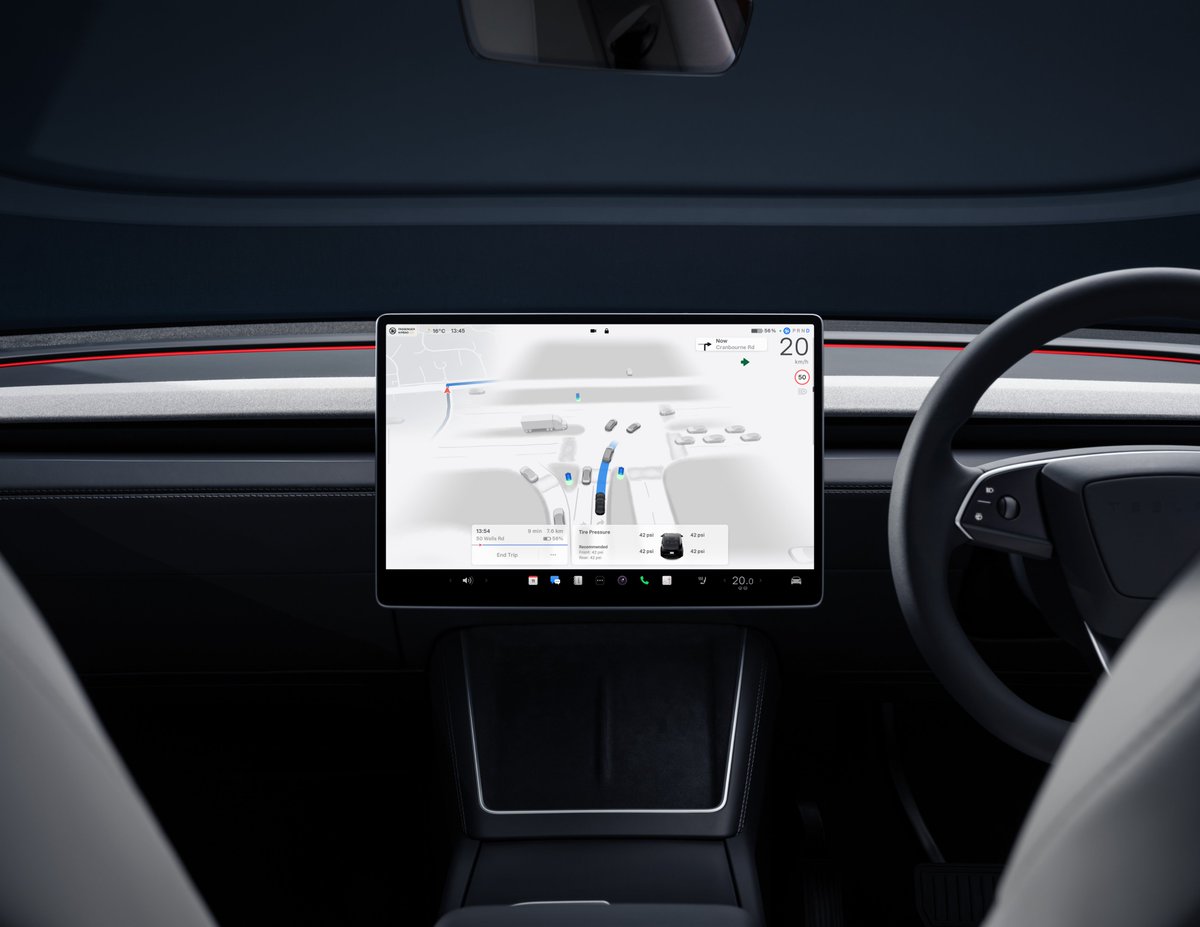


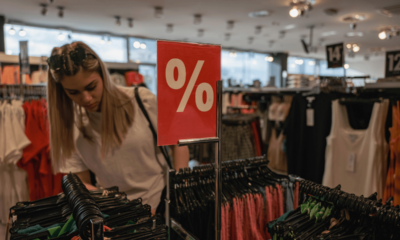



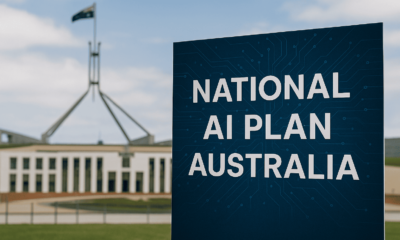
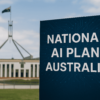
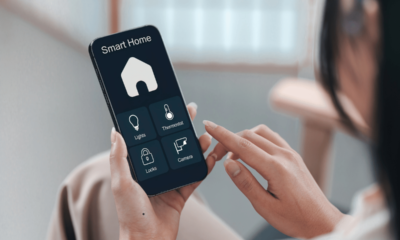

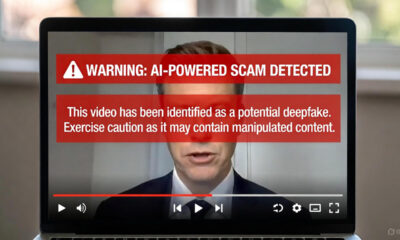
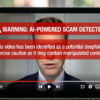


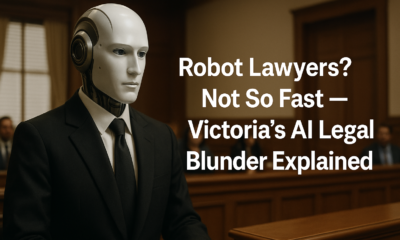
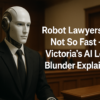
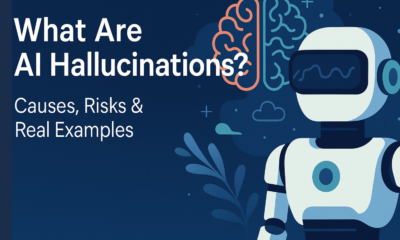

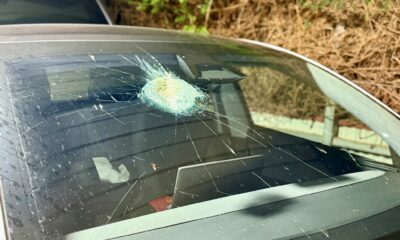
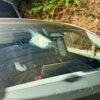






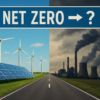
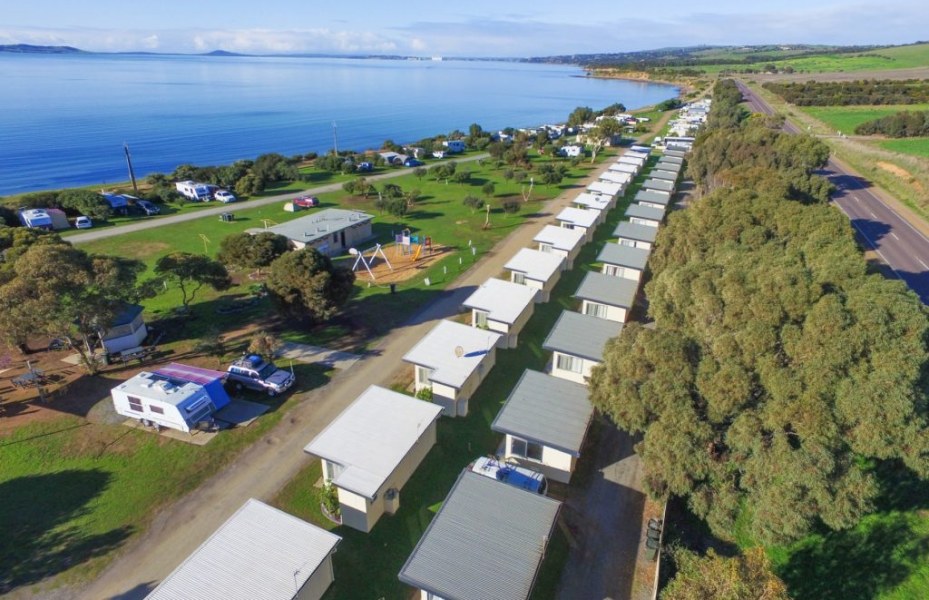

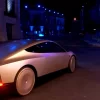
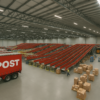

You must be logged in to post a comment Login